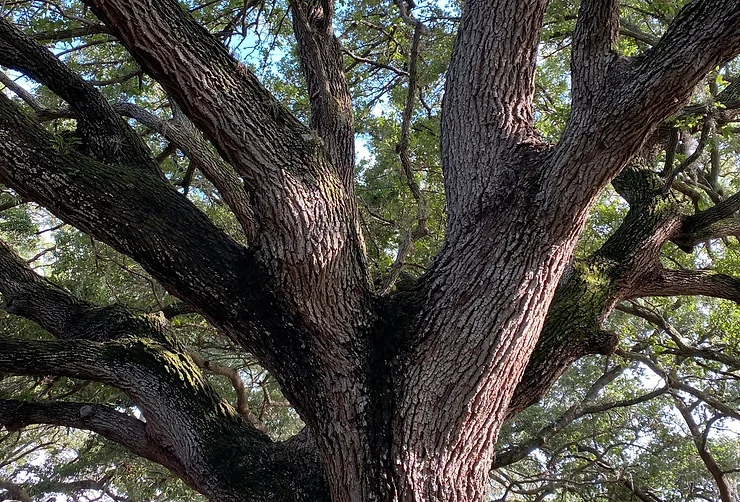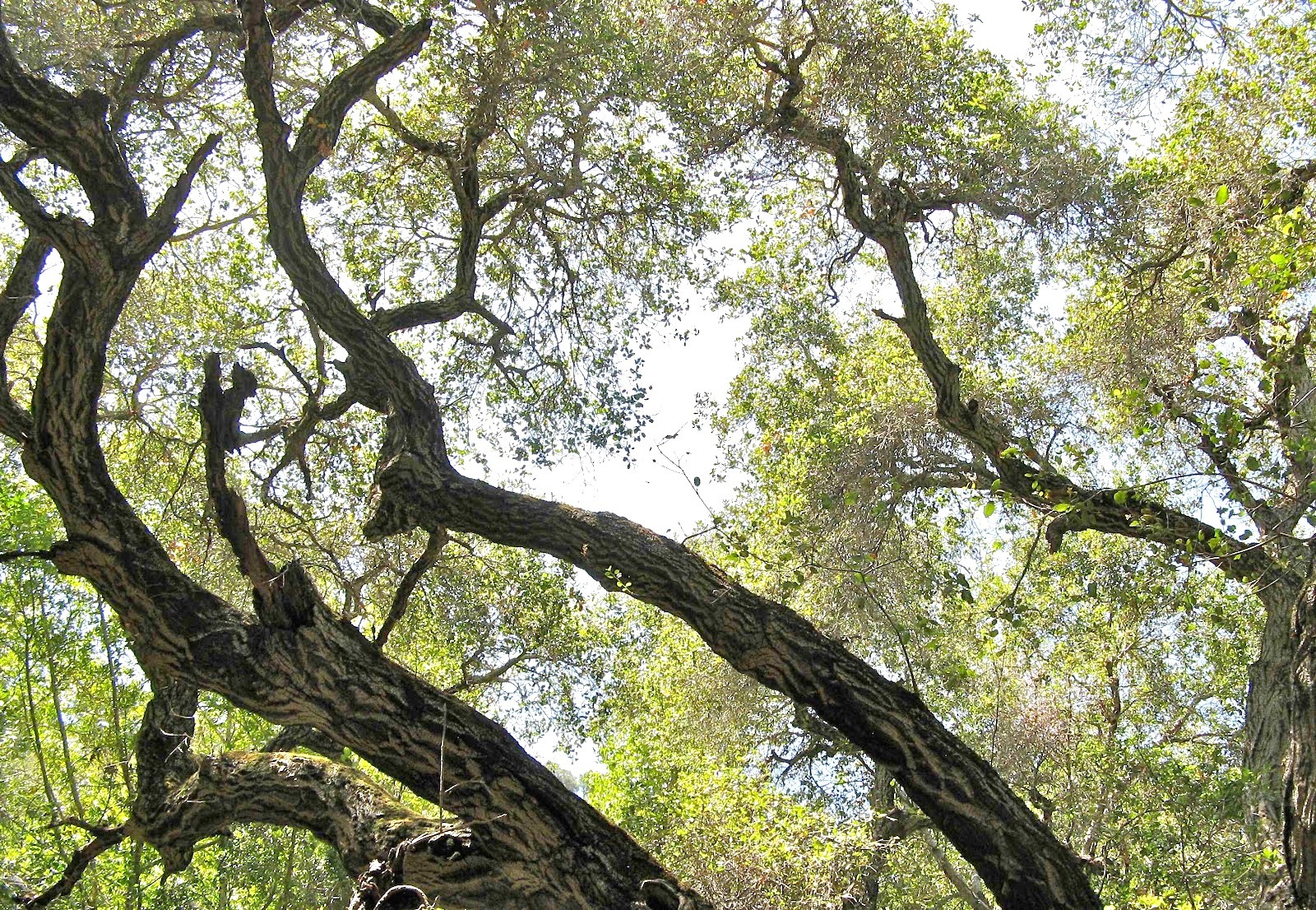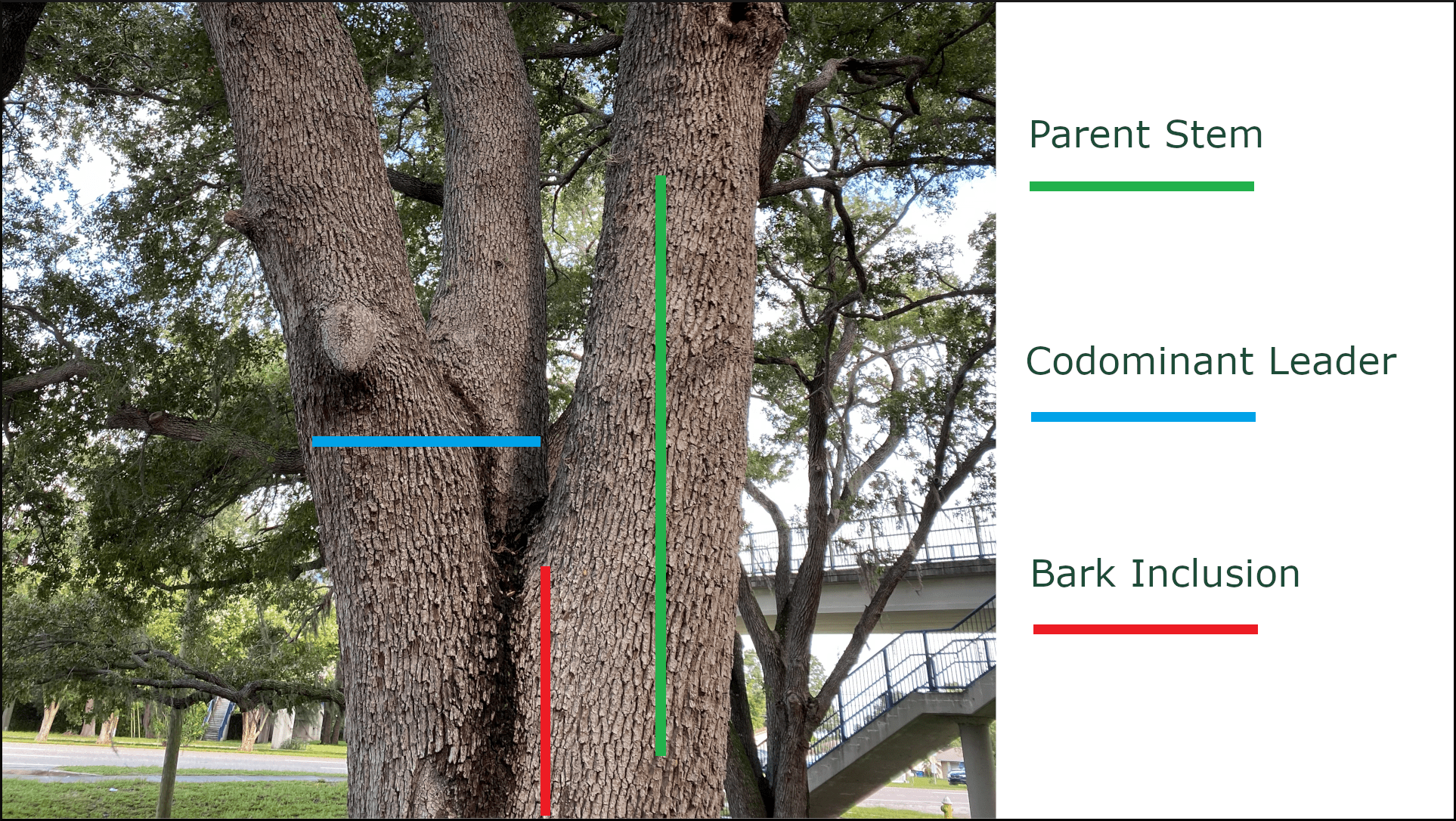Trees were not intended to grow within an urban setting. For millions of years, trees have been growing in densely populated forest environments. Trees in these environments are constantly competing with one another for sun and resources. Because of this, forested trees tend to grow tall and more compact in structure, with dominant central leaders and little extension of lateral branch work. This keeps the tree’s canopy tighter in structure than what we commonly think of when we envision a tree.
As humans began to develop land and create cities, trees were commonly planted in environments they were not at all accustomed to. Suddenly, urban trees had much less competition for resources and they typically had much more space to grow into. This led to trees developing the large, sprawling canopies that we have grown to recognize and love. However, this newfound space also led to the development of new concerns in mature trees that wasn’t an issue previously. Notably, a mature tree’s points of potential failure and its ability to withstand storms.
Urban shade trees have a high tendency to develop growth known as “codominant leaders”. A codominant leader is any secondary branch structure that competes with the parent stem with an aspect ratio of 1/3 the diameter of the parent stem or greater. Simply put, codominant leaders try to outcompete the central leader or “trunk” of the tree to become the “dominant” one. If left unchecked, they will continue to grow very large and outstretched, causing structural concerns due to increased weight, leverage, and the development of poor branch unions and bark inclusions with the parent stem (trunk) of the tree. These codominant leaders are very often the first point of failure after heavy winds or a storm.









